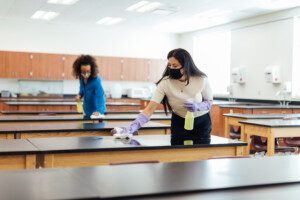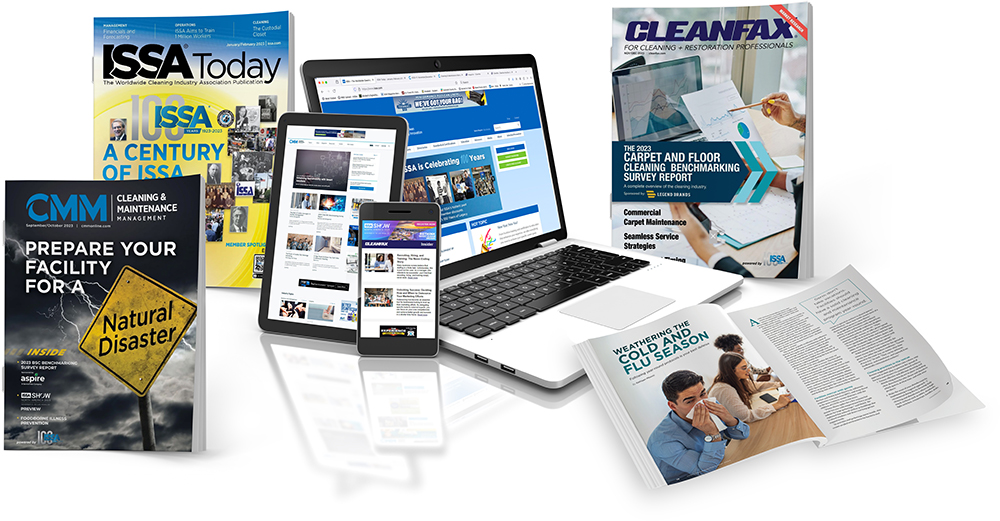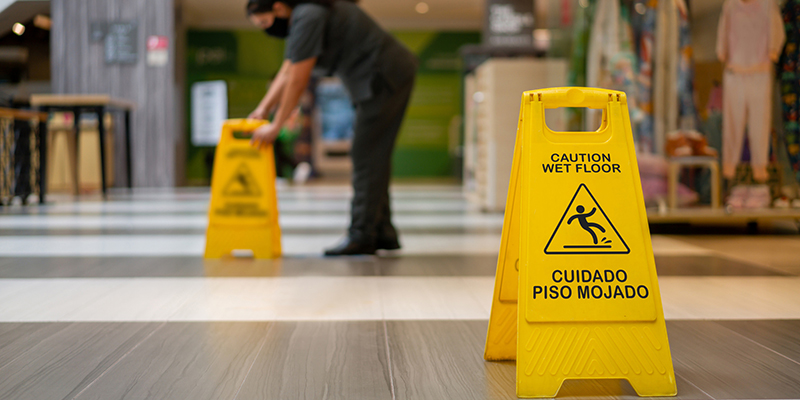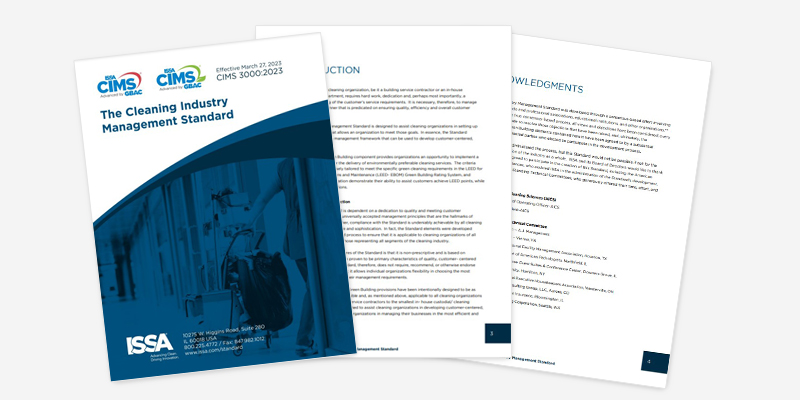Campus Cleaning: Strategies for a Safer and Healthier Learning Environment
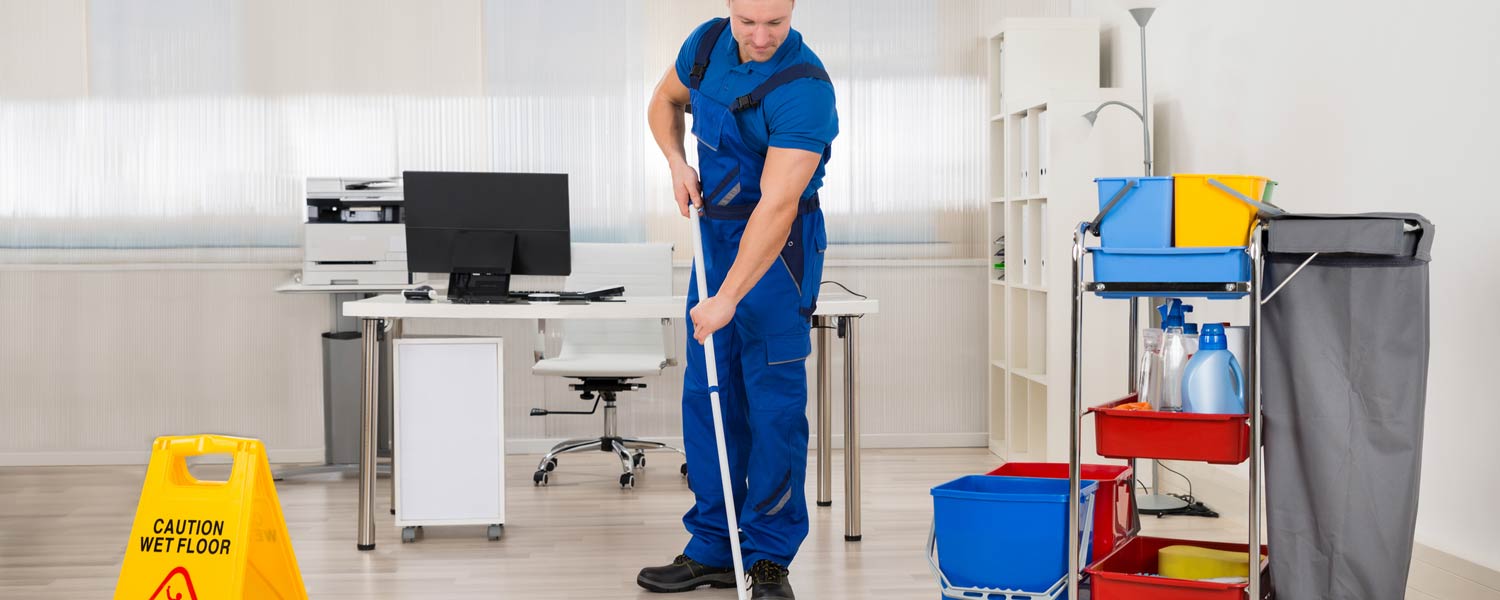
Ensuring clean and safe campuses is a top priority for educational institutions. From primary schools to universities, effective campus cleaning protocols help protect students, staff, and visitors from illness while fostering a conducive learning environment. As campus cleanliness becomes increasingly vital, programs like those offered by GBAC provide essential resources to enhance cleaning standards and build trust within communities.
Why Campus Cleaning Matters
Maintaining a clean campus involves more than aesthetic appeal. Beyond creating a welcoming environment, effective cleaning is essential for safeguarding public health. For example, research from the American Journal of Public Health highlights that improved sanitation practices in schools can reduce student absenteeism by nearly 20%, underscoring the direct impact of cleanliness on education outcomes. Proper cleaning plays a critical role in:
- Health and Safety: Reducing the spread of germs and allergens to keep students and staff healthy.
- Student Performance: Studies show that a clean environment positively impacts student concentration and academic outcomes.
- Community Confidence: Parents and stakeholders are more likely to trust institutions with visible, proactive cleaning practices.
Key Components of Effective Campus Cleaning
An efficient campus cleaning program combines planning, execution, and evaluation. Here are the essential elements:
-
Comprehensive Cleaning Protocols
Protocols should address the unique needs of campuses, including classrooms, restrooms, dining areas, and sports facilities. For instance, classrooms require frequent disinfection of desks, chairs, and shared supplies, while restrooms demand stringent sanitation schedules and replenishment of hygiene products. Dining areas must focus on cleaning and sanitizing tables, chairs, and food preparation surfaces to prevent cross-contamination. Sports facilities, on the other hand, require the cleaning of gym equipment, locker rooms, and communal showers to manage bacteria and fungi common in these environments. Each area presents distinct challenges, underscoring the importance of tailored cleaning approaches. Common strategies include:
- Routine Cleaning: Daily removal of dust, dirt, and debris.
- Disinfection: Targeting high-touch surfaces like desks, door handles, and keyboards.
- Specialized Cleaning: Handling areas like science labs and art rooms with tailored methods.
-
Training for Cleaning Staff
Cleaning teams must understand best practices to ensure thorough sanitation. Programs like the GBAC STAR Facility Accreditation offer valuable training to help staff implement science-based cleaning and infection prevention measures.
-
Sustainable Cleaning Practices
Many campuses are adopting green cleaning solutions to minimize environmental impact. This includes using non-toxic cleaning products and implementing water-saving techniques.
-
Technology Integration
Advanced cleaning technologies, such as electrostatic sprayers and UV-C light devices, enhance cleaning efficiency. Electrostatic sprayers work by evenly distributing disinfectants on surfaces, including hard-to-reach areas, ensuring comprehensive coverage. UV-C light devices use ultraviolet light to rapidly kill bacteria and viruses, significantly reducing the risk of infections in high-traffic spaces. Additionally, autonomous cleaning robots and sensor-enabled dispensers are emerging as tools that save time and optimize resources for cleaning teams. Electrostatic sprayers ensure even distribution of disinfectants on surfaces, including hard-to-reach areas, while UV-C light devices use ultraviolet light to kill bacteria and viruses quickly, reducing the risk of infections in high-traffic spaces. Incorporating technology can help staff maintain high standards with fewer resources.
Steps to Build a Robust Campus Cleaning Program
To establish or enhance your campus cleaning efforts, follow these steps:
- Conduct a Needs Assessment Identify areas with the highest foot traffic and potential contamination risks.
- Develop a Cleaning Schedule Establish daily, weekly, and monthly cleaning tasks tailored to specific campus areas.
- Engage Stakeholders Involve administrators, cleaning staff, and parents in planning and communication efforts.
- Measure Effectiveness Use feedback and periodic audits to ensure cleaning protocols are meeting goals.
Supporting Resources for Campus Cleaning
Organizations like GBAC provide invaluable support for institutions aiming to elevate their cleaning standards. The GBAC STAR Accreditation program ensures facilities meet the highest standards of cleanliness and infection prevention, instilling confidence in students, parents, and staff. Learn more about these resources at GBAC.
External References for Best Practices
For additional insights on campus cleaning, consult authoritative sources such as:
- Centers for Disease Control and Prevention (CDC): Cleaning and Disinfecting Your Facility for guidelines on maintaining hygiene and reducing the spread of illnesses on campuses.
- Green Seal & Healthy Schools Campaign: for information on eco-friendly cleaning solutions tailored for educational settings.
Conclusion
Effective campus cleaning is a cornerstone of a safe, healthy, and productive educational environment. By adhering to rigorous cleaning standards, incorporating modern technologies, and prioritizing health-focused strategies, educational institutions can create spaces where students and staff thrive. Ensuring cleanliness is not merely about appearance; it is a commitment to fostering trust, promoting academic success, and safeguarding the well-being of the entire campus community. By implementing comprehensive cleaning protocols, utilizing innovative tools, and investing in staff training, institutions can meet the expectations of today’s students and families. To take your campus cleaning efforts to the next level, explore the resources available through GBAC.

